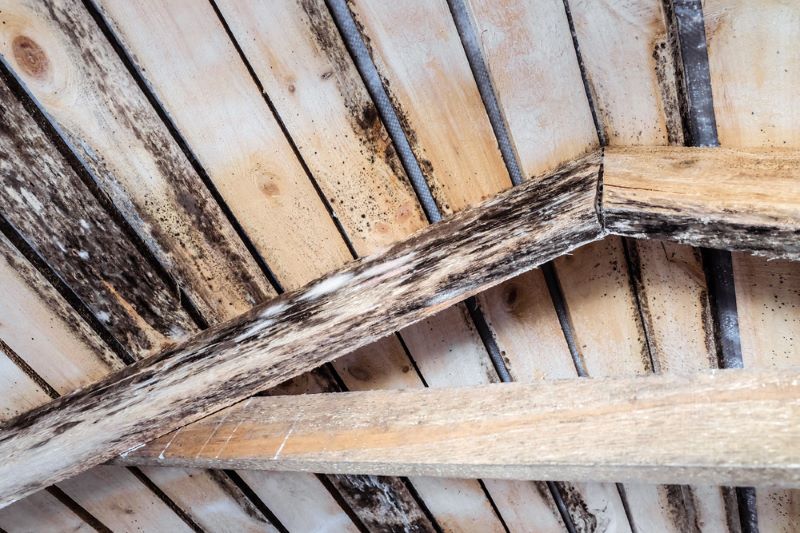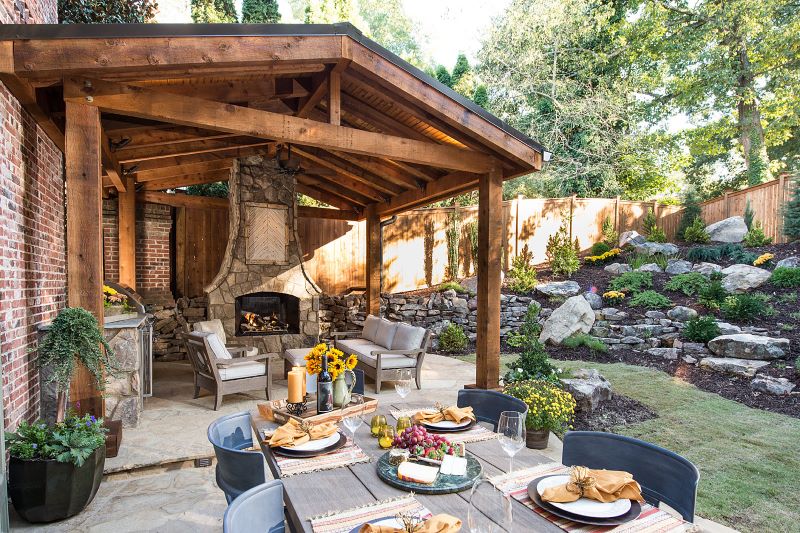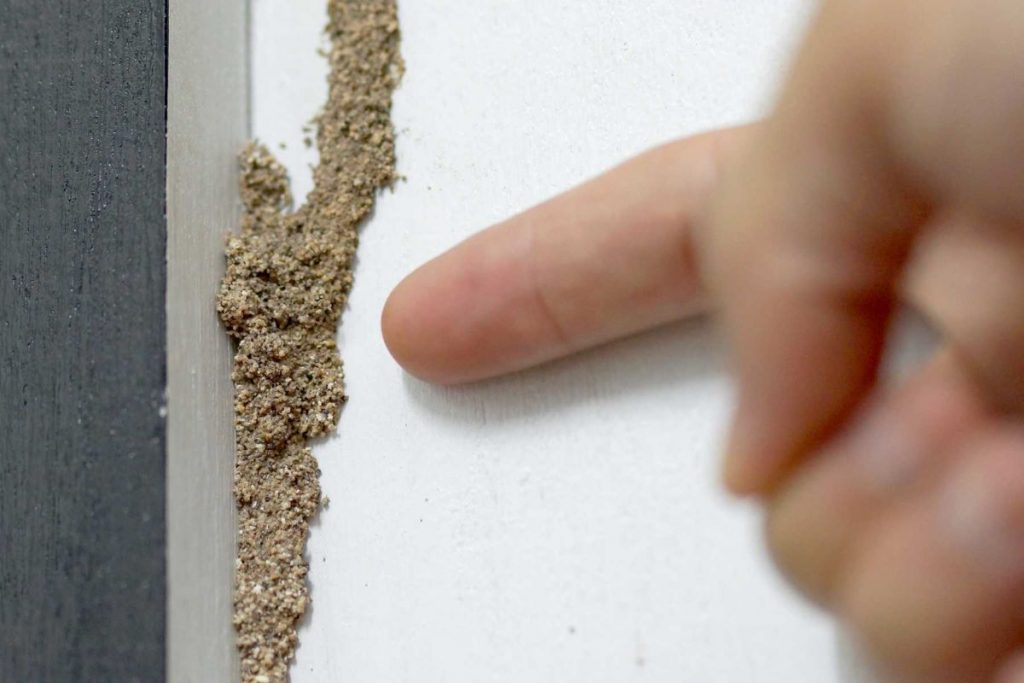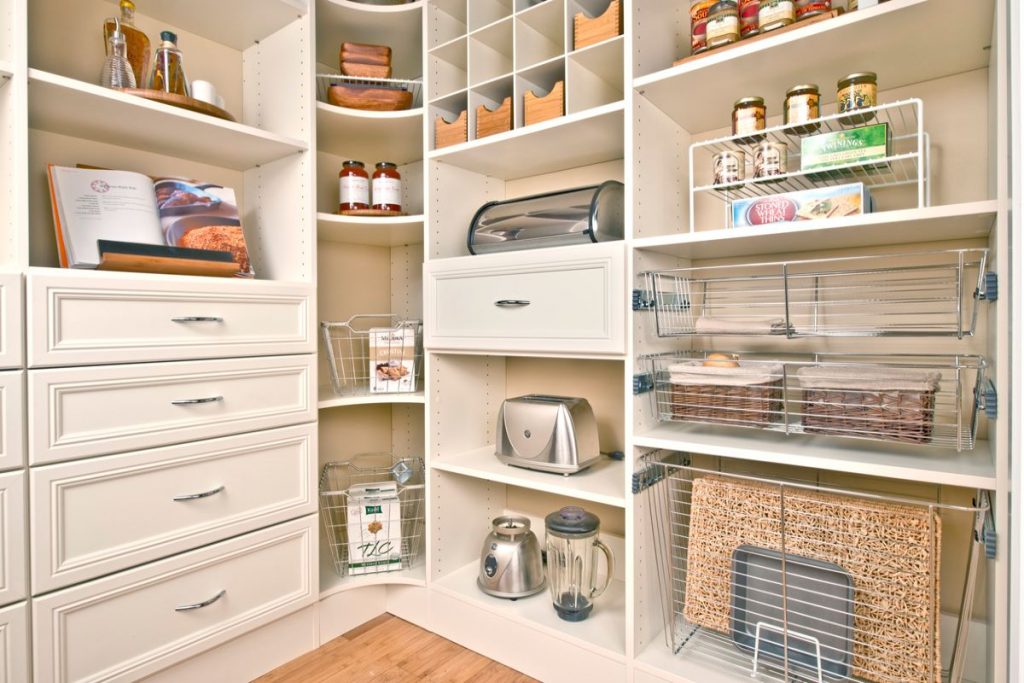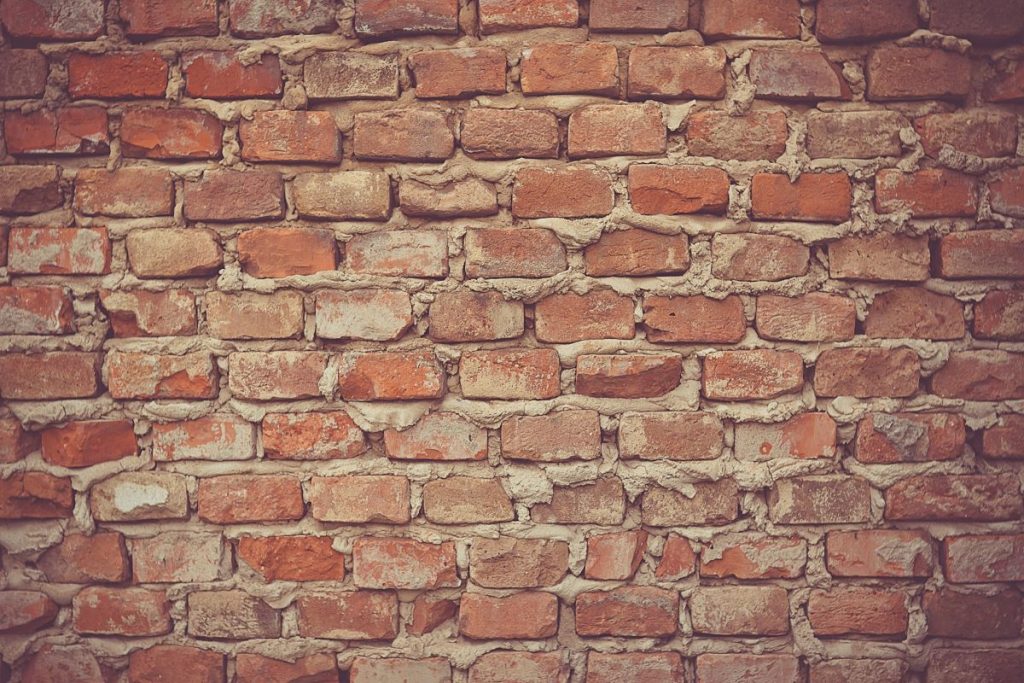Table of Contents
Leaks and floods are a homeowner’s nightmare and yet once you’ve fixed the source of the problem and cleaned up any leftover water, there are still further problems that can pop up if not carefully maintained. Unfortunately, these potential problems can also occur as a result of rising damp and penetrative damp, both of which can be resolved by an experienced professional damp proofing company.
What is Rising Damp?
Rising damp occurs in the property when the damp proof membrane built into external walls is breached or becomes damaged in some way, allowing groundwater from outside to be drawn into the bricks. The most common indication of rising damp is crumbling skirting boards and flaking paint on the walls and floors closest to ground level but the dangers of rising damp come from the unseen damage happening to structures and foundations.
What is Penetrative Damp?
Penetrative damp occurs when external walls absorb water from the outside and it begins to appear as damp or mould spots on internal walls. Properties are normally built to prevent excess water from sitting on external surfaces but issues like blocked gutters, broken guttering and damaged roof coverings, alongside poorly maintained brickwork and pointing, can all lead to penetrating damp. Penetrating damp can occur on any level of your home and can be commonly missed, especially if it appears in unused rooms or in the attic spaces.
After the Problem has Been Fixed

Once the source of the damp has been solved, it’s time to take care of the damage left behind. If the damp has been a problem for some time, the damage can be far greater than a simple DIY solution can fix and may require a professional’s experienced input. Structures and foundations are most at risk and should only be repaired by someone with knowledge and experience.
Wood can take some time to dry out if it has experienced exposure to damp or moisture and may not always be visibly damp if the source of the damp has been fixed. Damp wood fibres are a favourite place for fungus such as domicile cup fungus to grow, especially in dark places such as the attic. Even after your damp problem has been fixed, you should keep an eye out for any potential fungus or mould spots until you are sure the area has fully dried out.
The fungus can also be an indication of damp if you haven’t already noticed damp patches or flaking paint in your home. This problem can occur quickly, with some fungus seemingly popping up overnight, however, should not be neglected as it can quickly develop into wood rot and lead to further damage.
Once you’ve had damp proofing implemented, you may need to clean the affected walls and inspect your property for any dirt or salt deposits that get left behind from absorbed groundwater. This is most likely going to involve stripping wallpaper off and applying fresh paper, however, could also involve replastering and replacement of skirting boards which can get expensive. Make sure to assess the full job prior to starting renovations so you don’t end up having to redo work a few months on and seek the advice of a professional where necessary.
Preventing Damp
The best way to prevent damp and damage from damp occurring in your home is to carry out regular essential maintenance. Check over window and door frames, the health of your roof and the state of guttering between seasons or after extreme weather to ensure there is nothing that could lead to moisture getting into your property. This includes an annual inspection of your brickwork and the grouting in between, replacing or repairing any damage or lost material.
By taking care of your property, you can prevent expensive repairs as well as damp although you can never be prepared for everything so invest in some home and contents insurance to protect against the unexpected.
